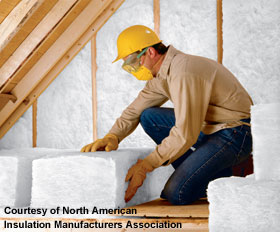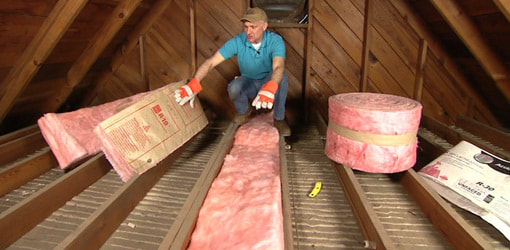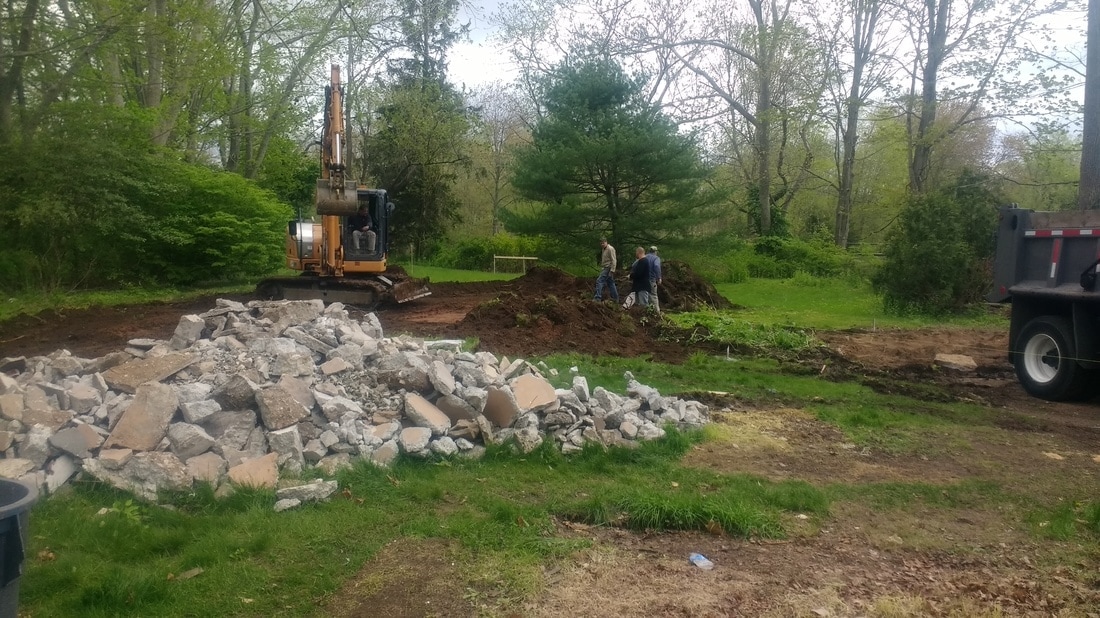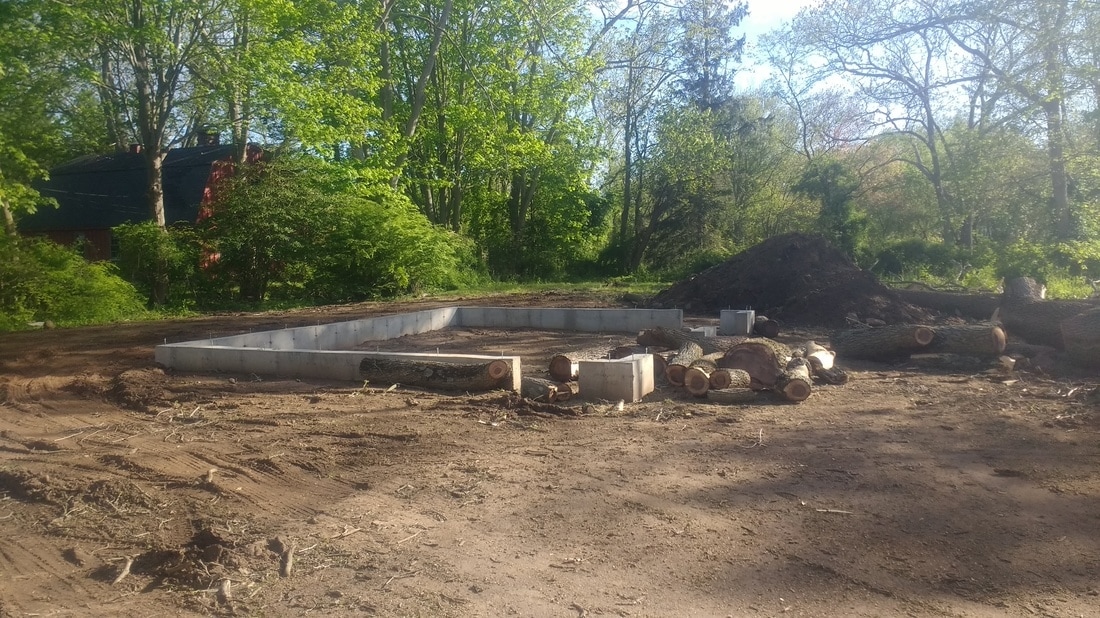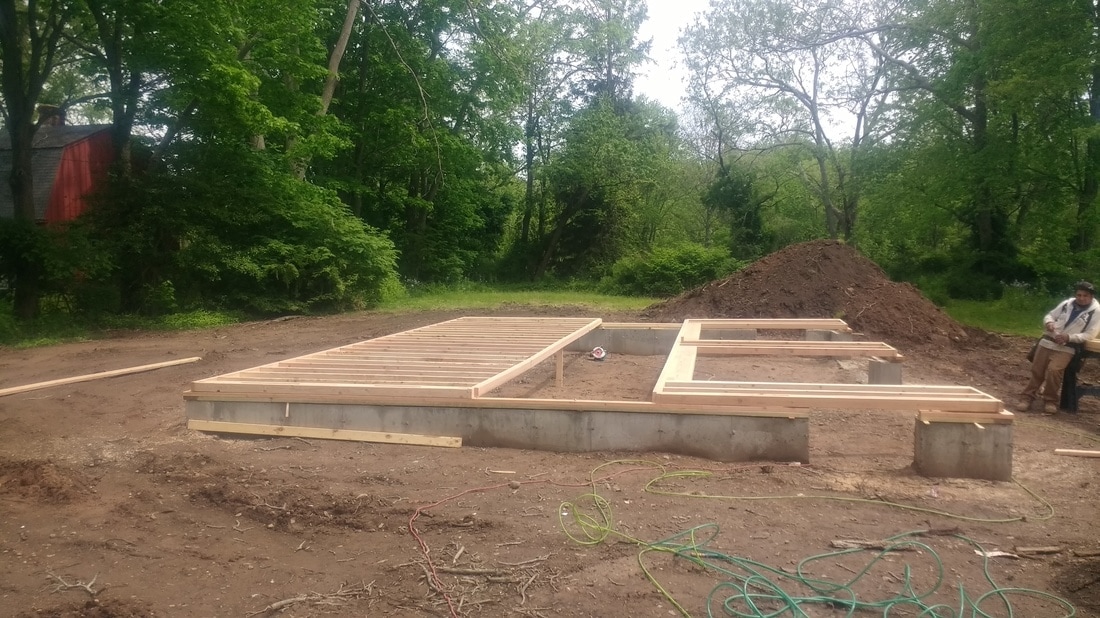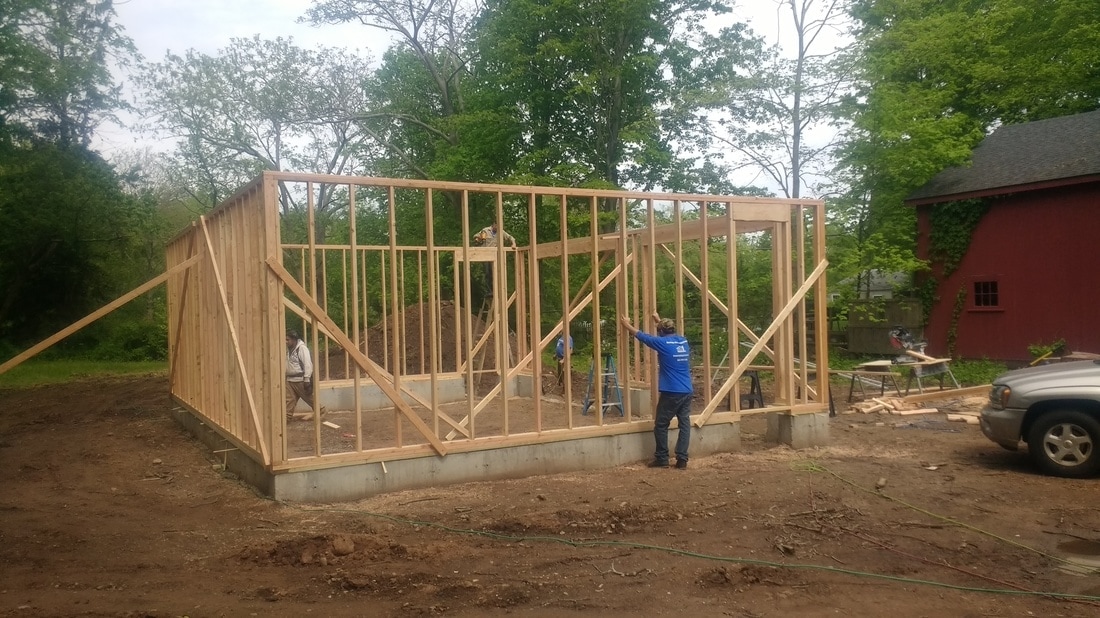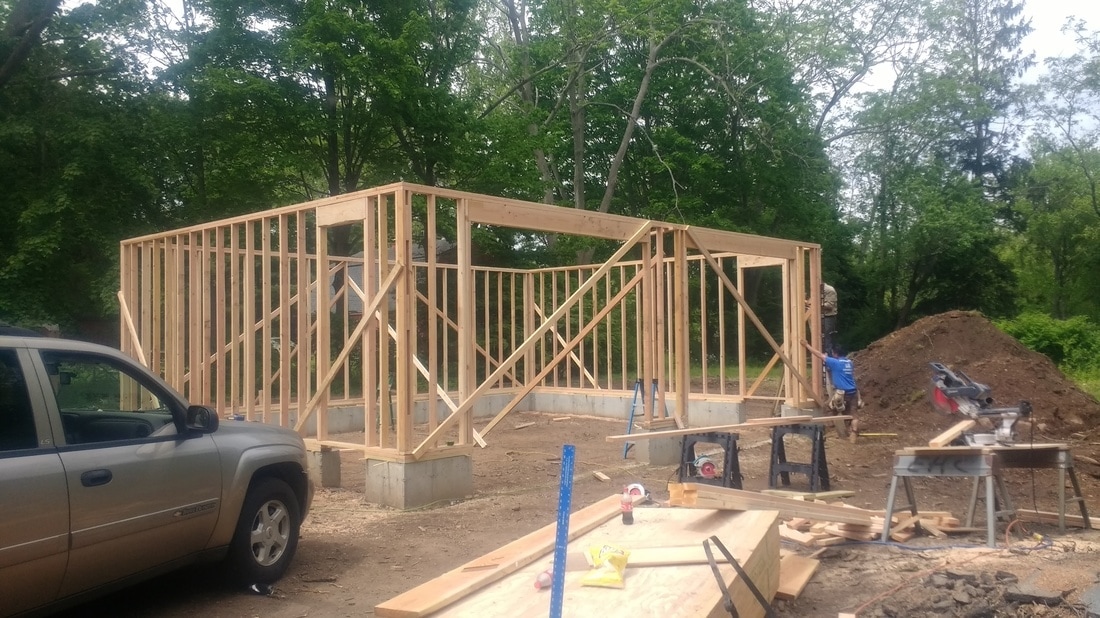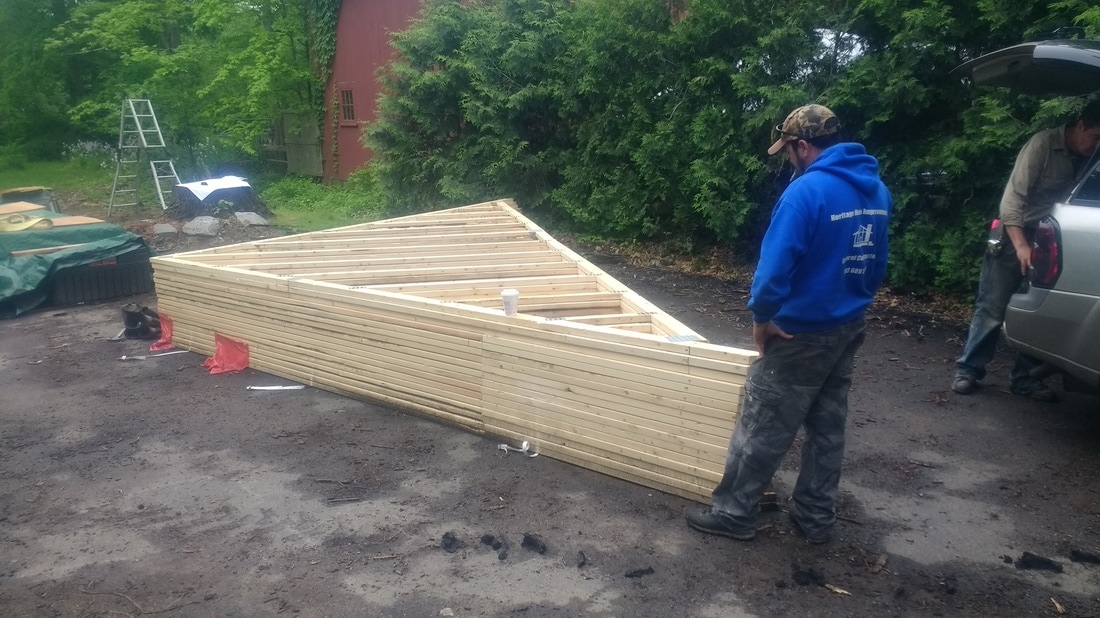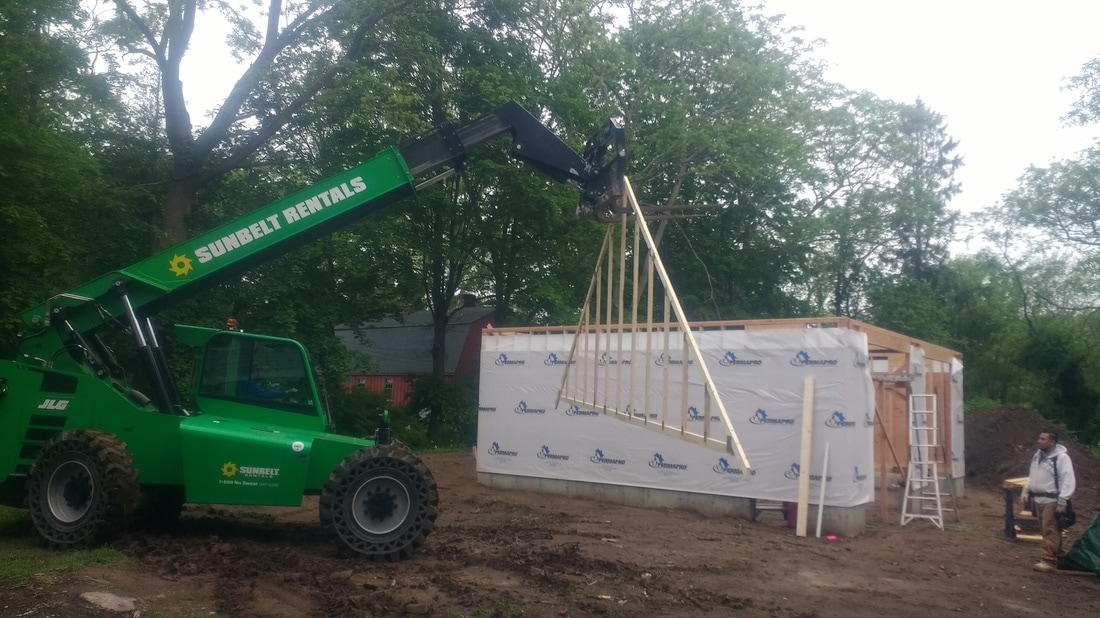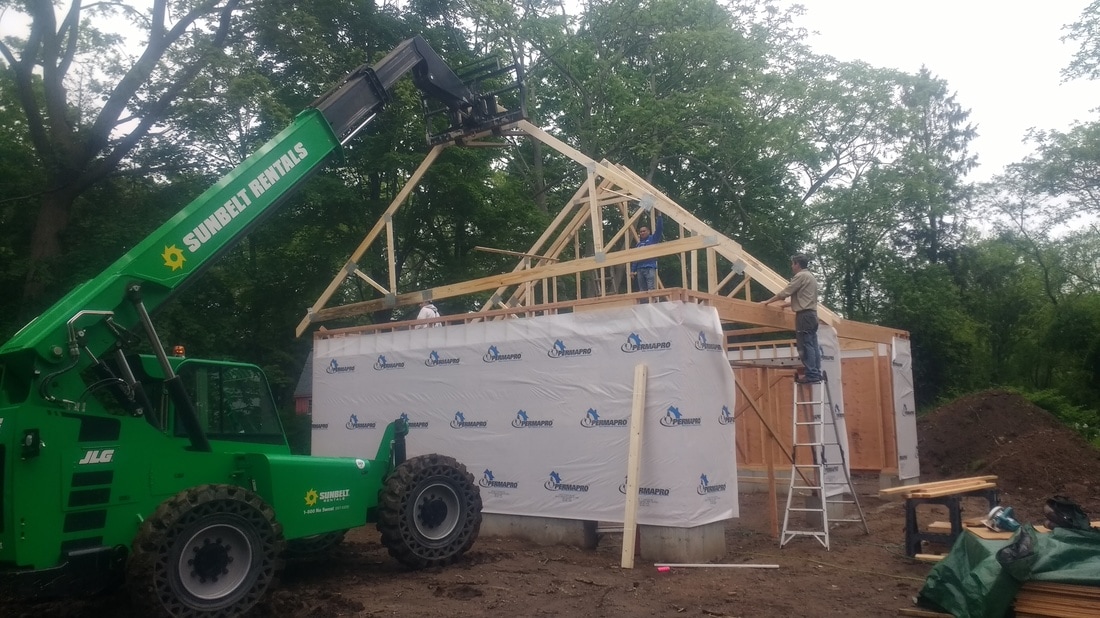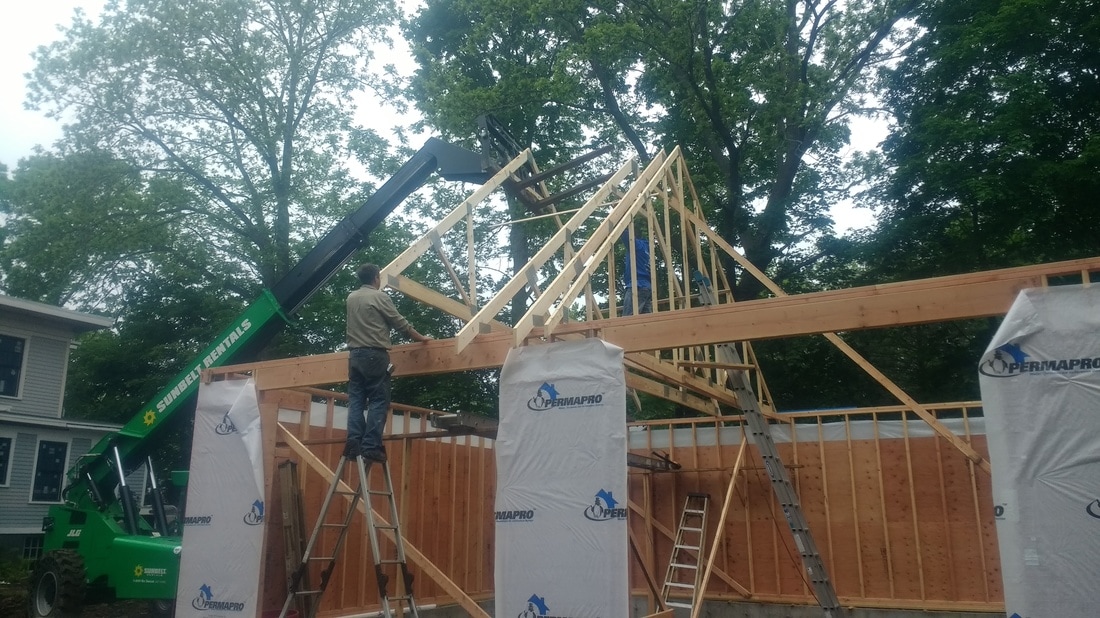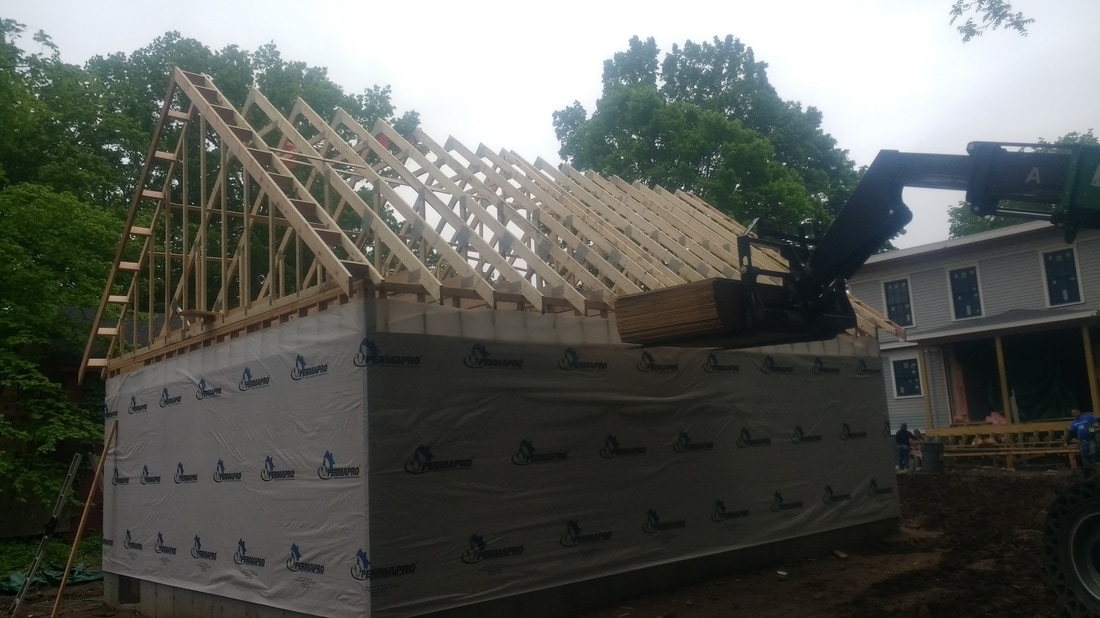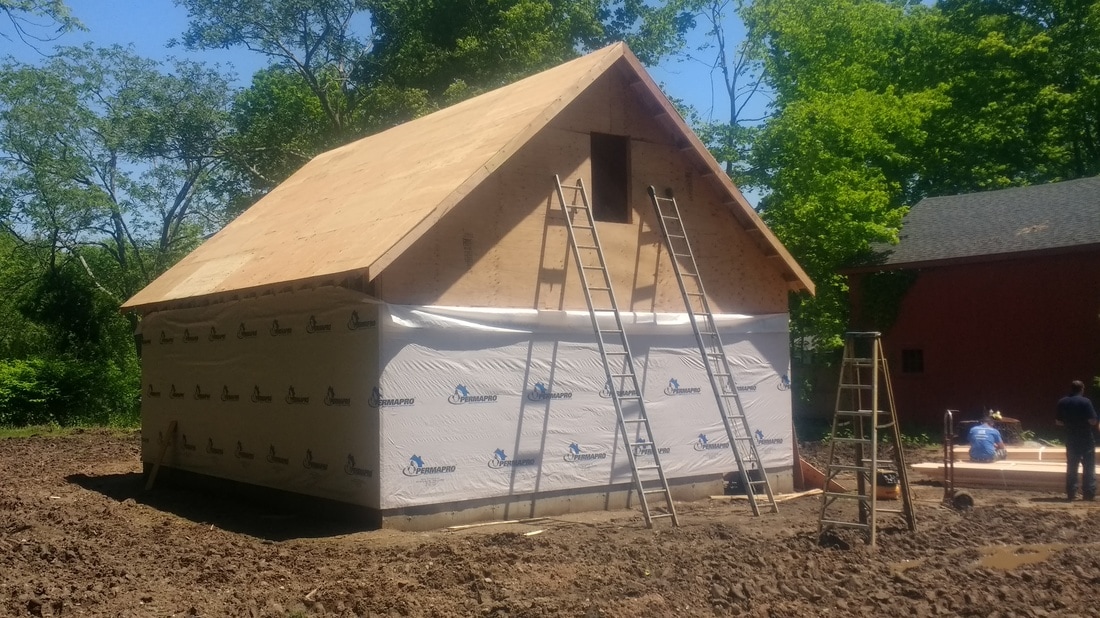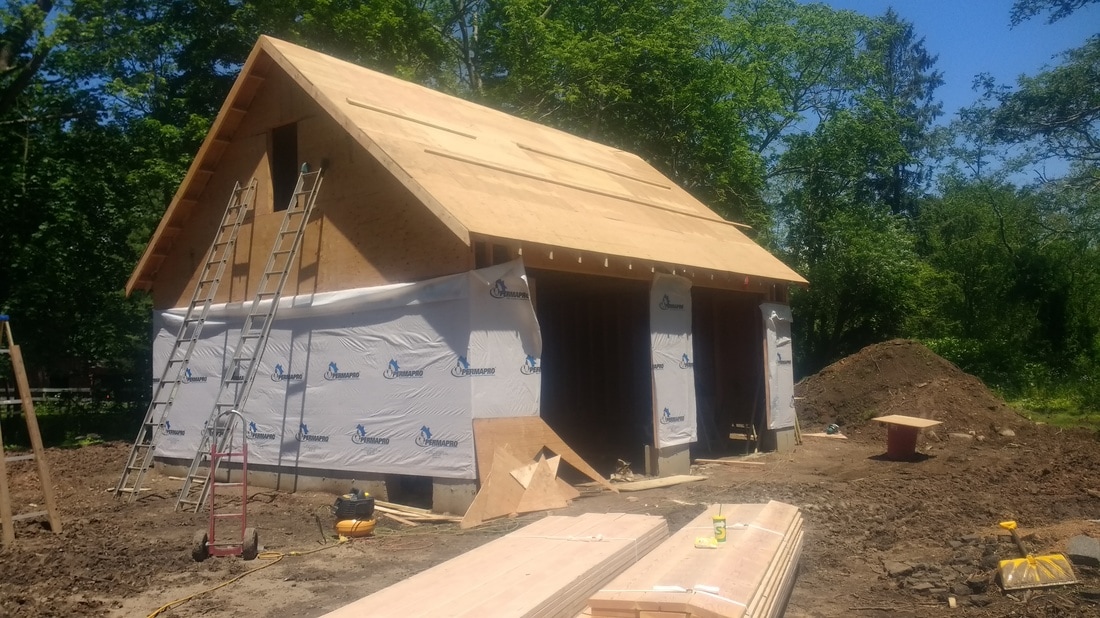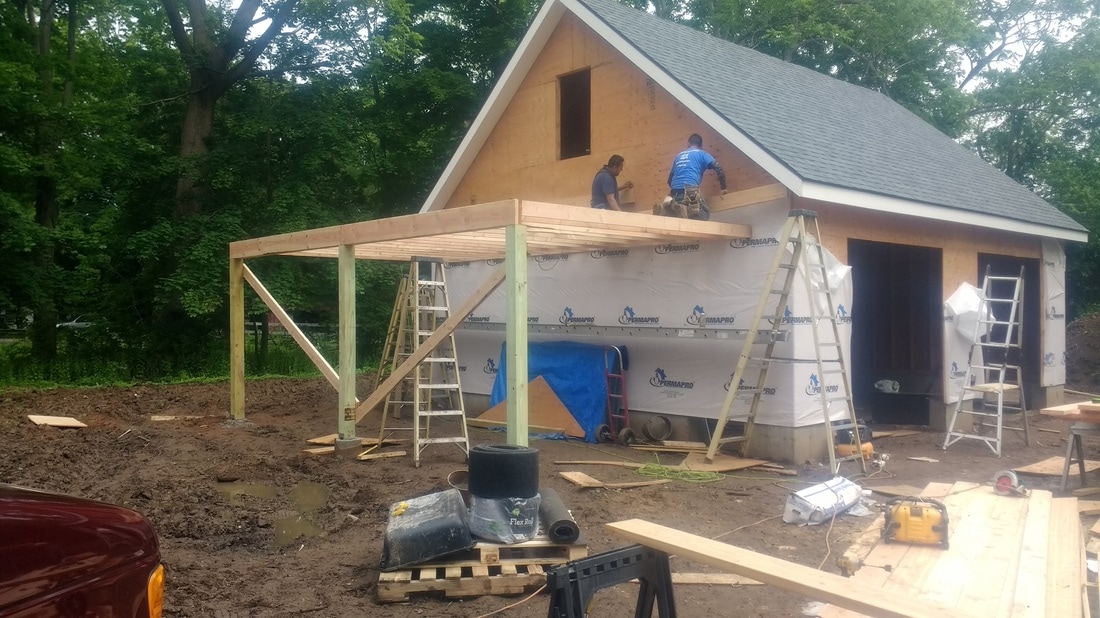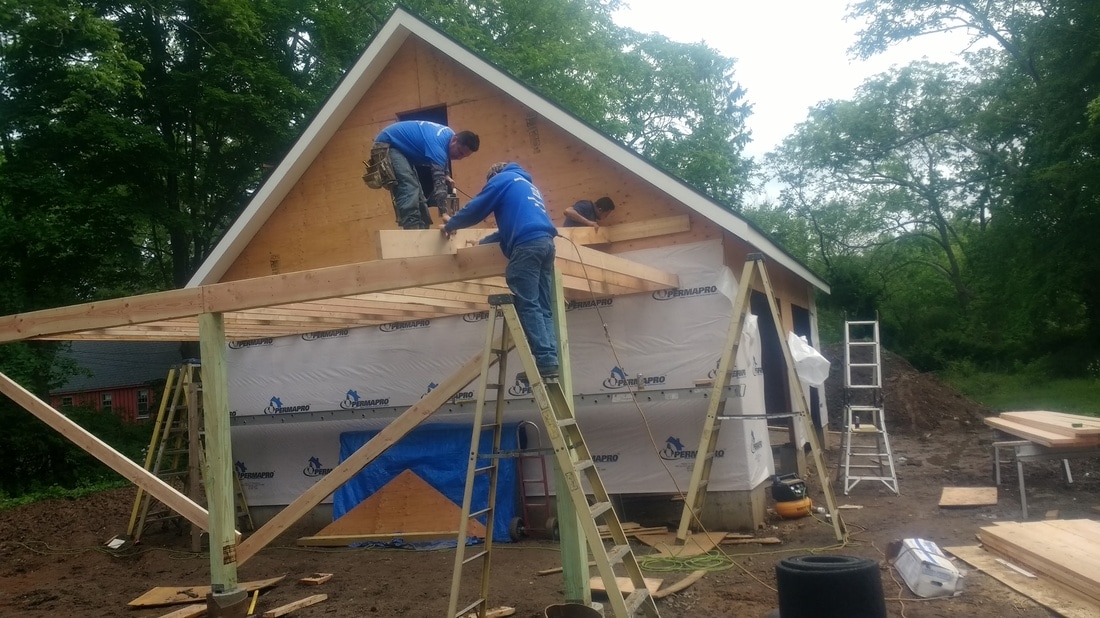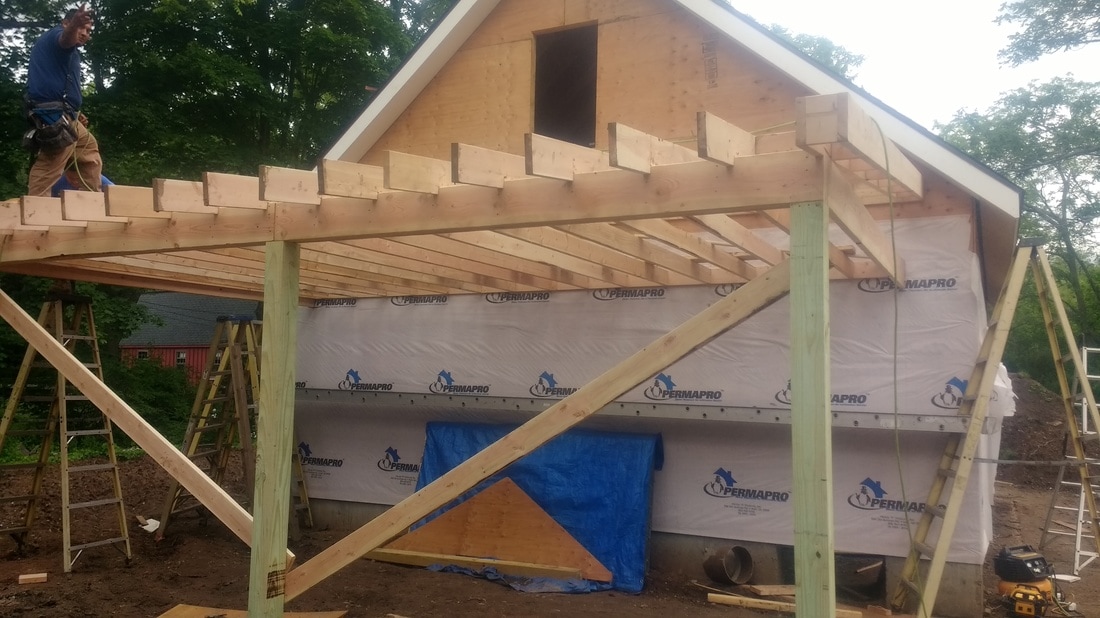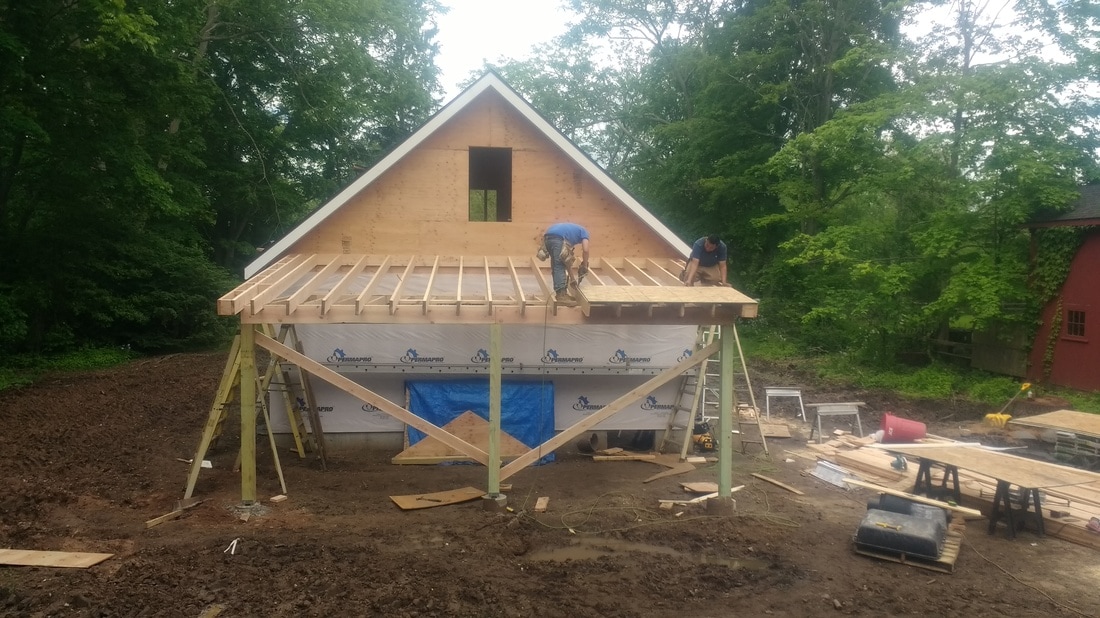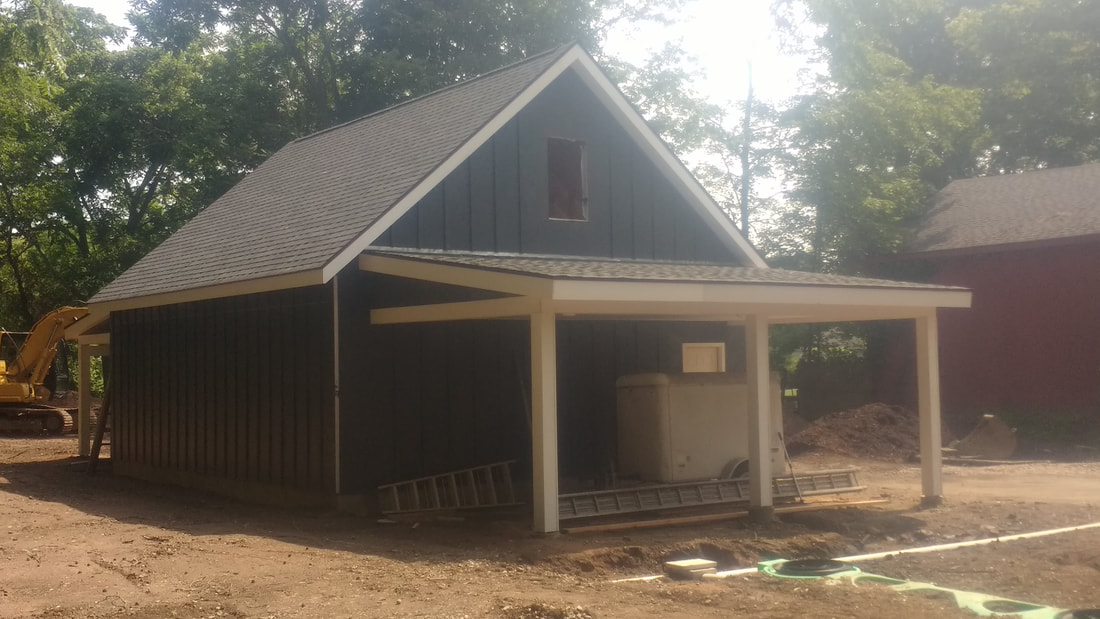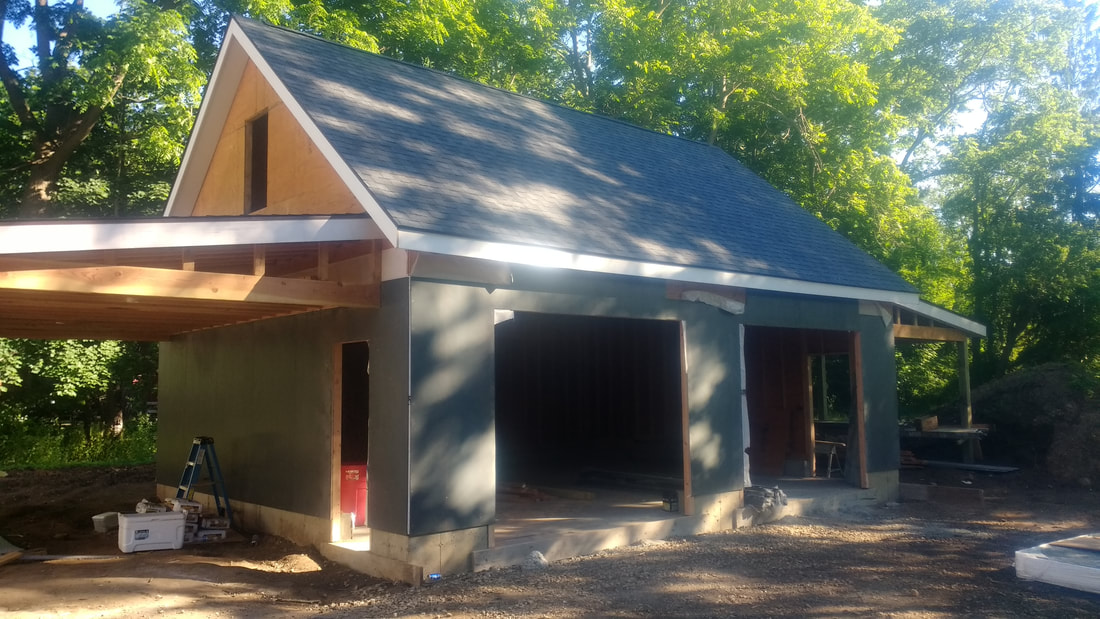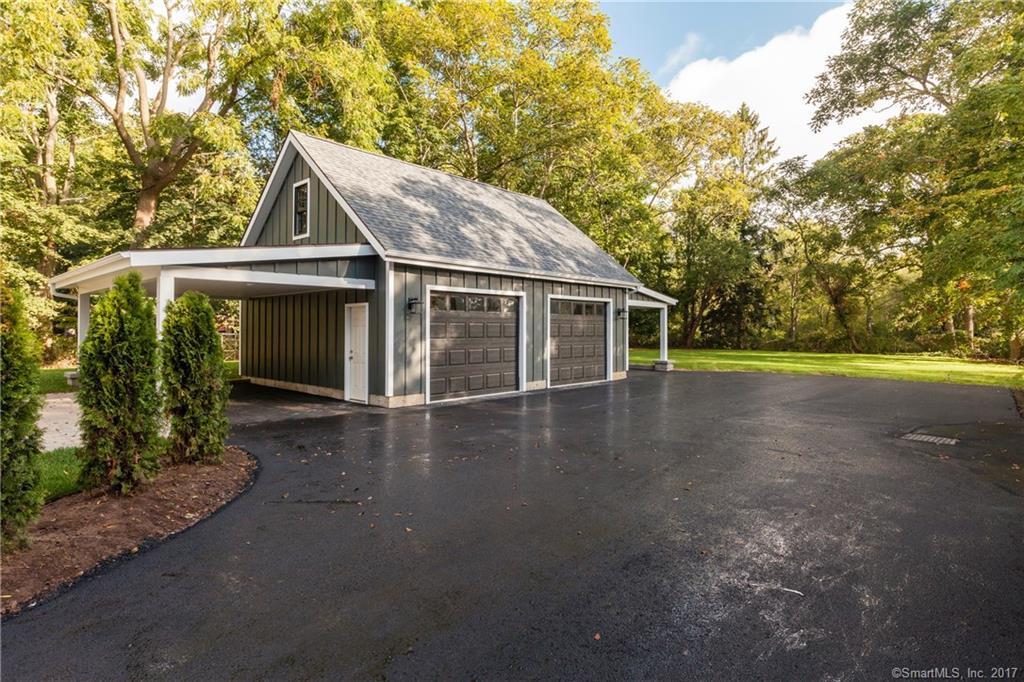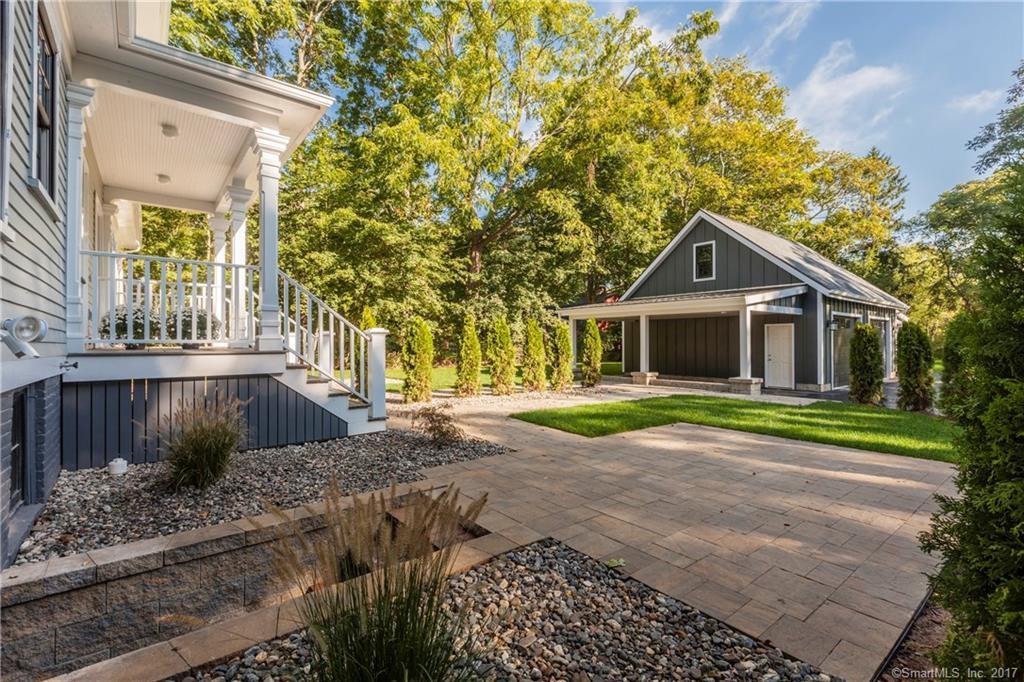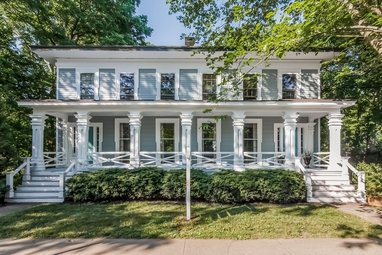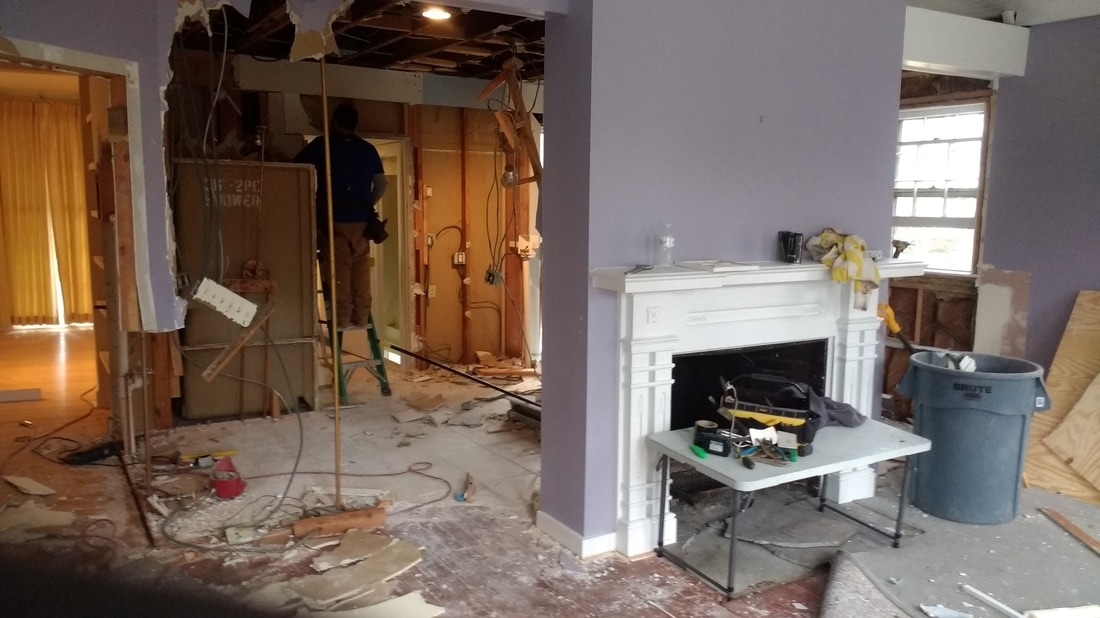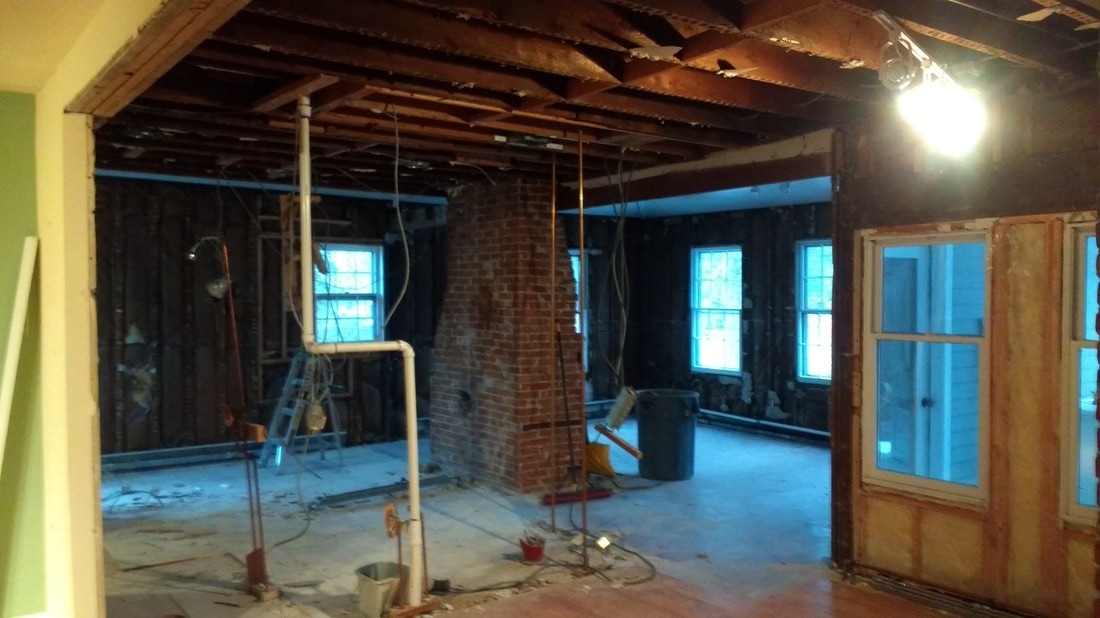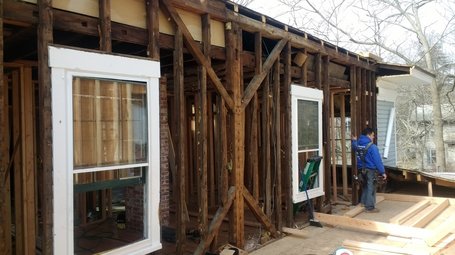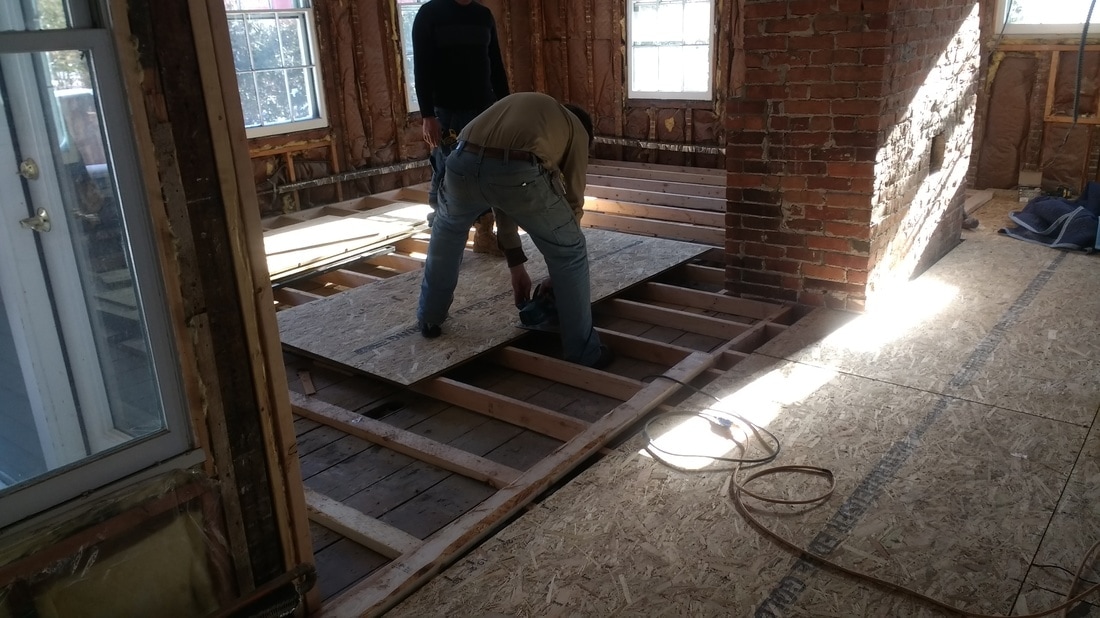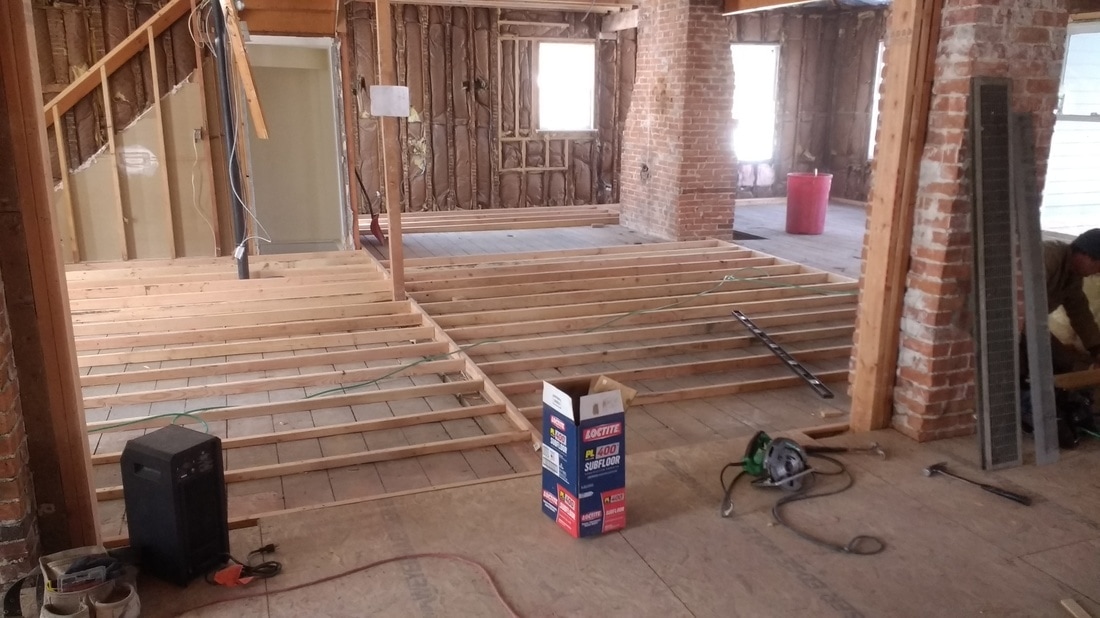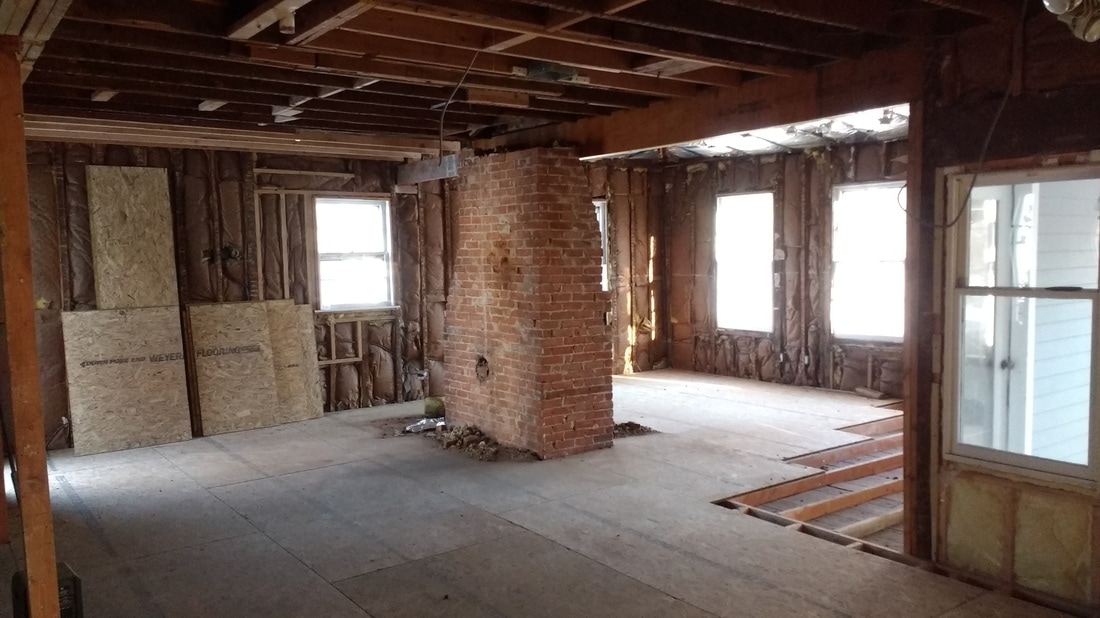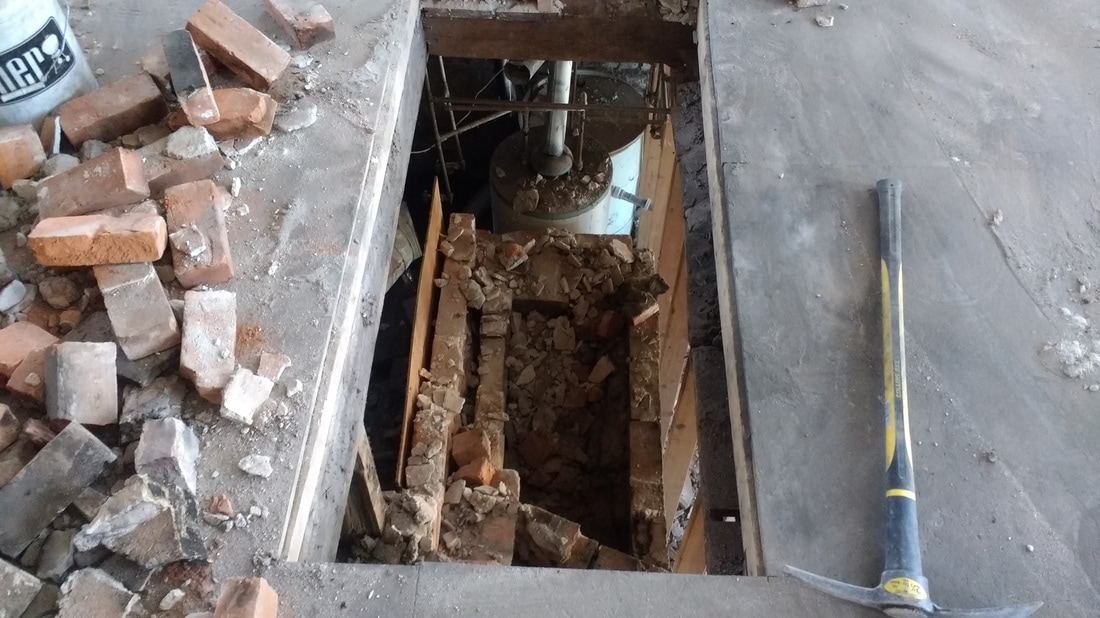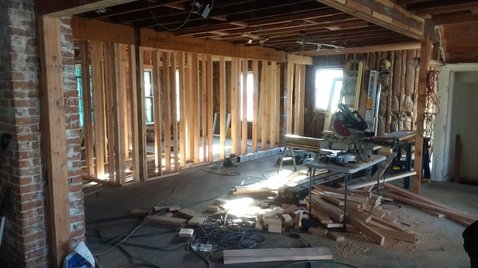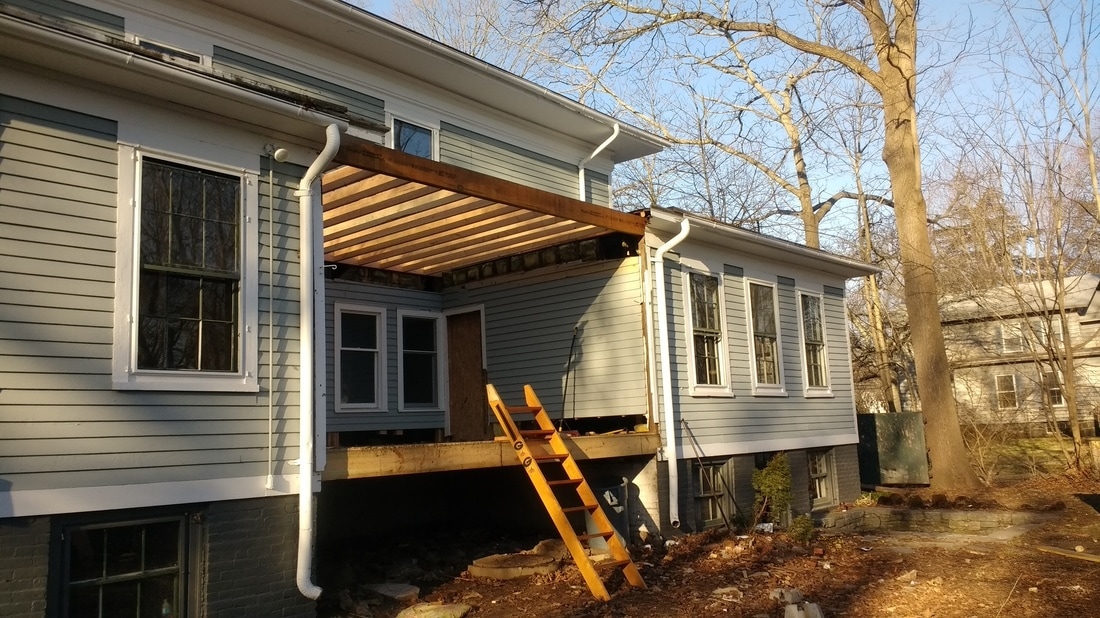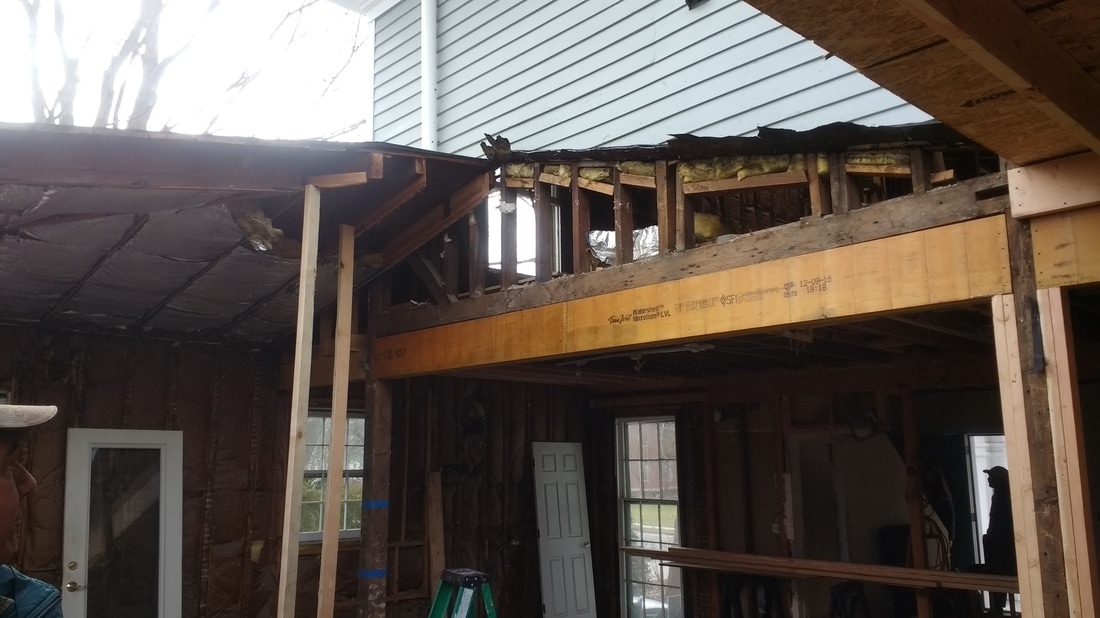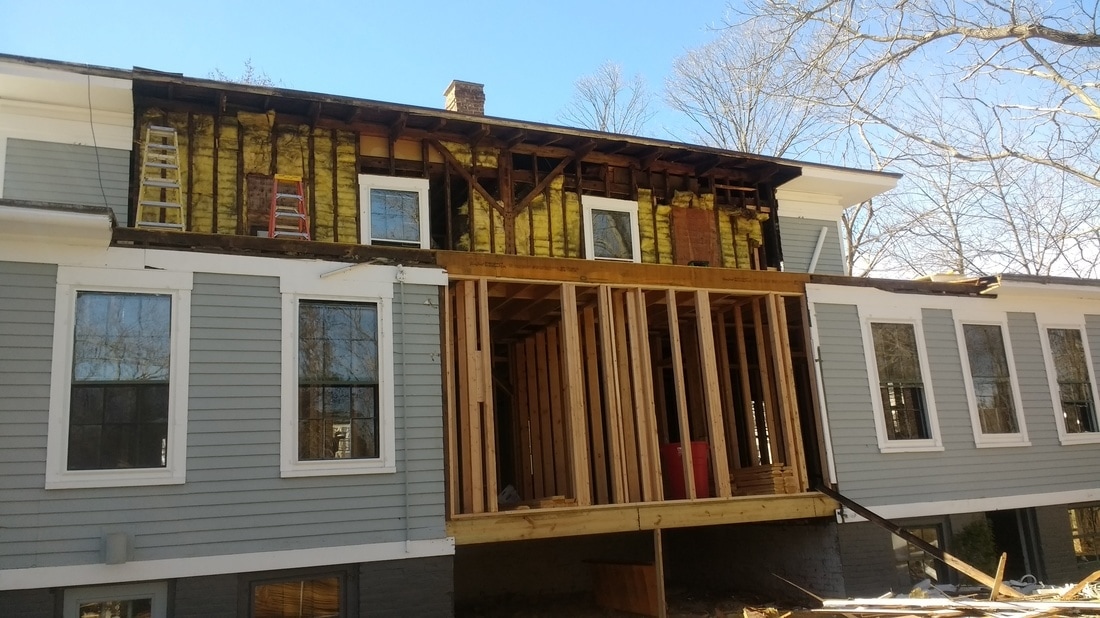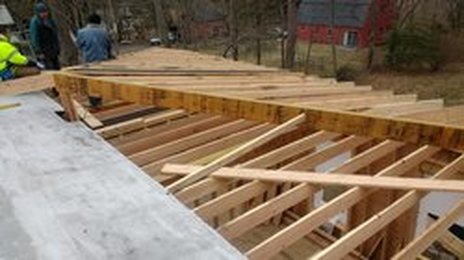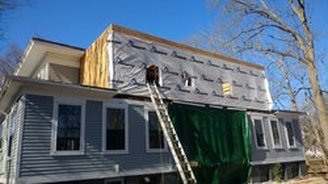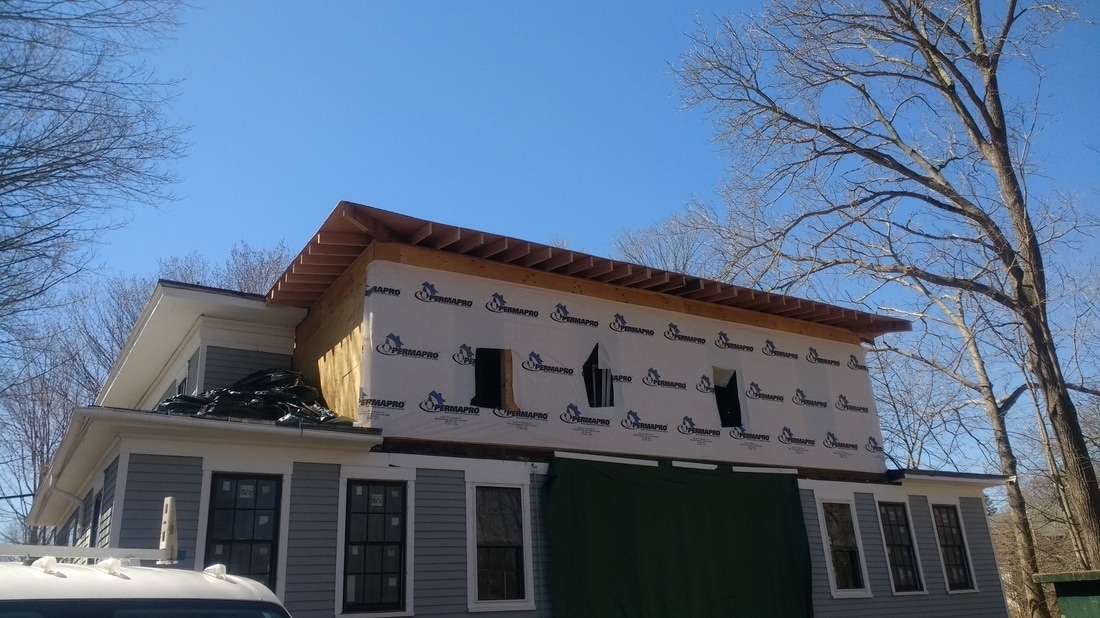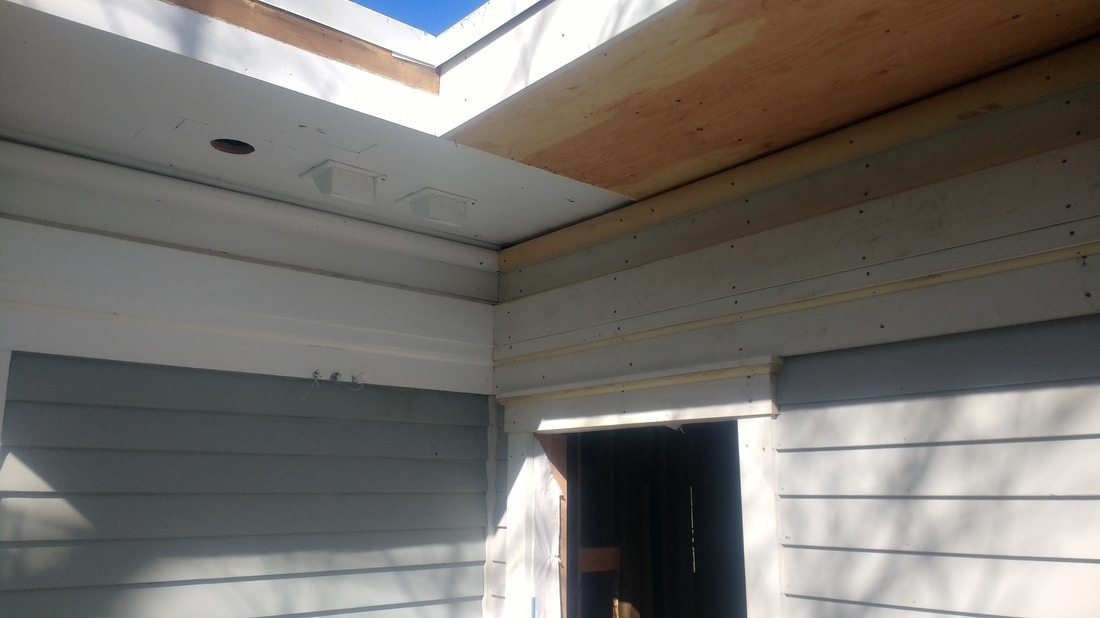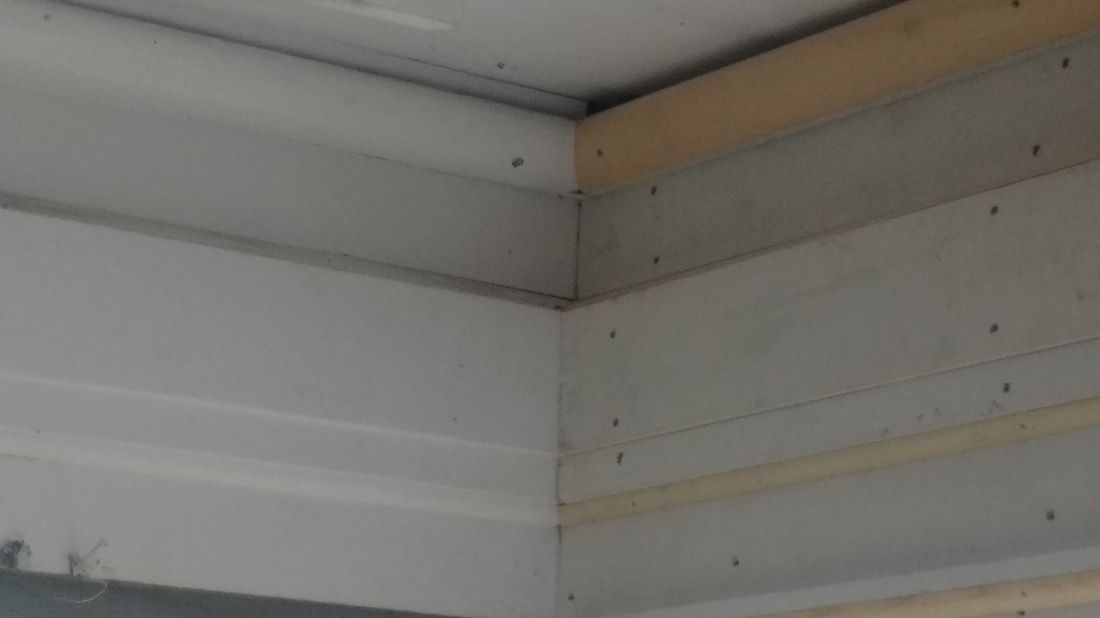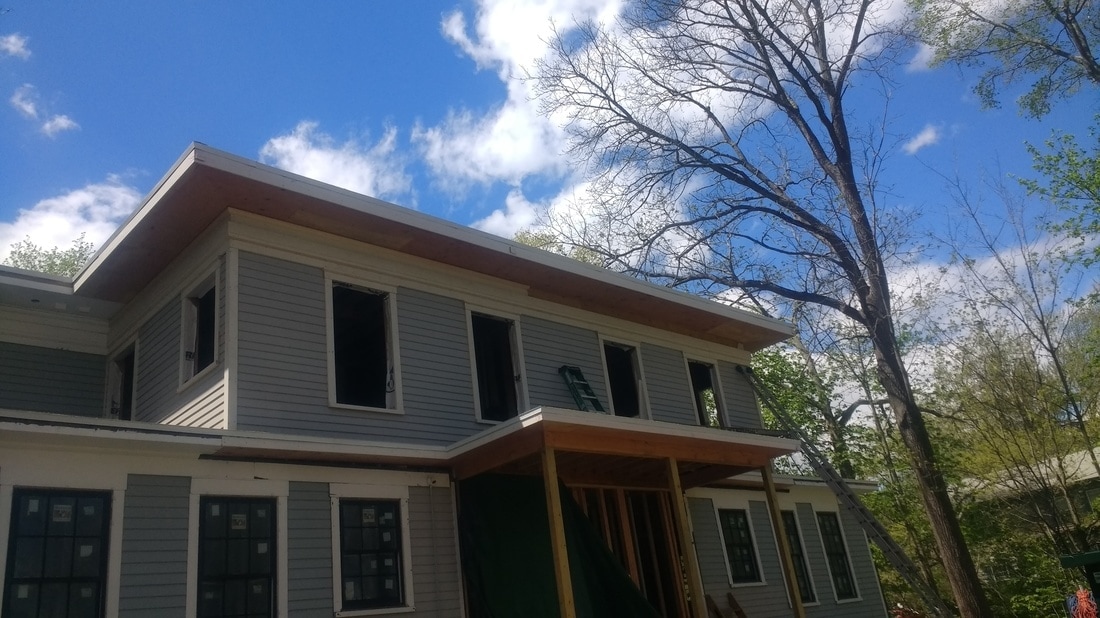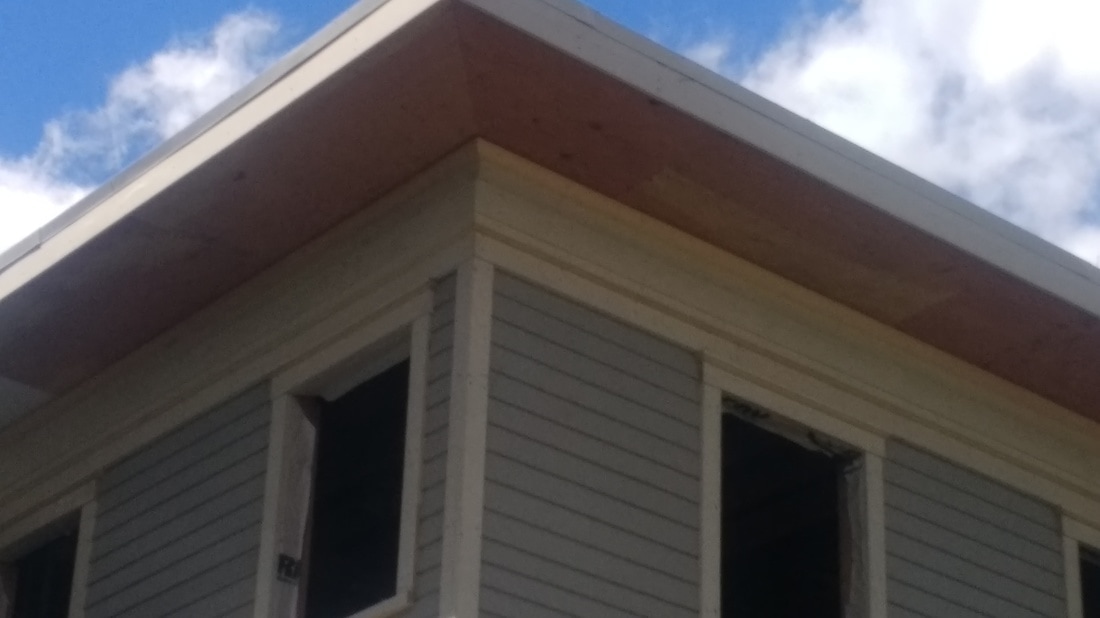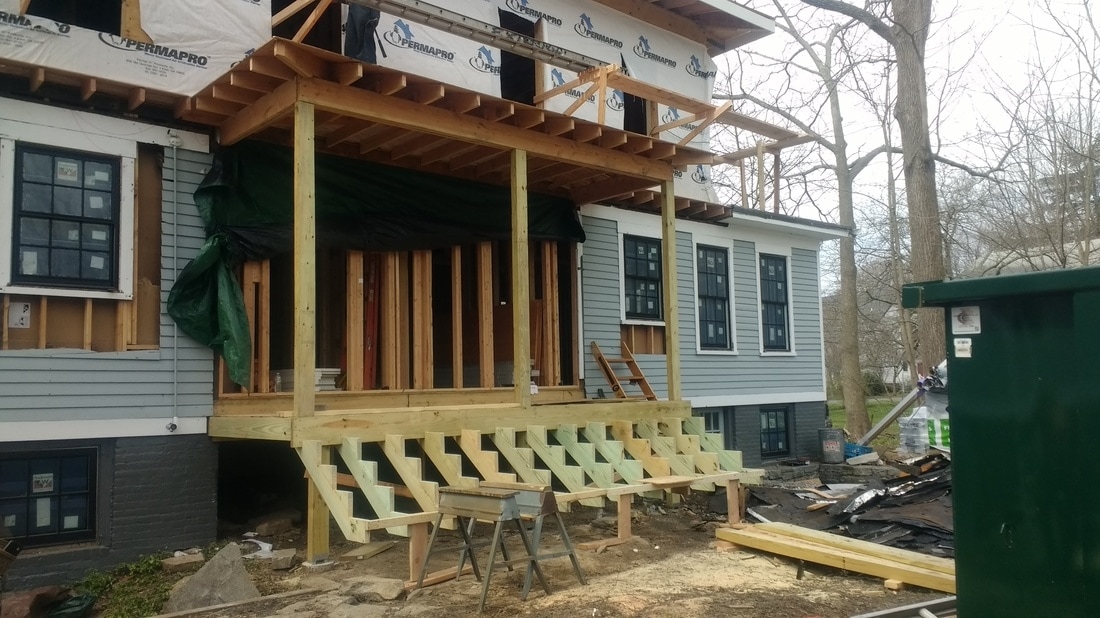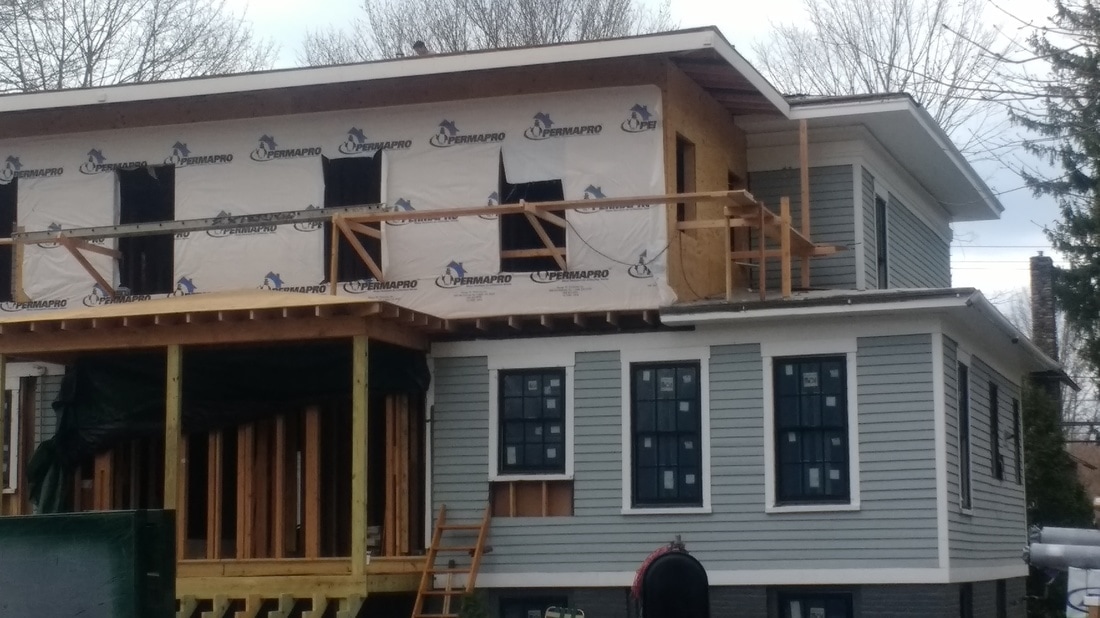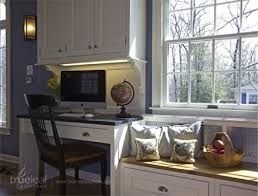|
0 Comments
Every year the winter takes its toll on your roof. Don't wait until your home is damaged by a leaky roof. The first place to check is your attic. Look for signs of stains or spots. Also check the insulation for moisture. These could be signs of roof failure, ice dams, or condensation from a poorly insulated attic with improper ventilation. From the outside look for areas that appear to be sagging compared to the rest of the roof. This is an indication that the underlying decking has weakened. Other obvious signs are shingles that are cracked, curled or missing. Inconsistent color could indicate granular loss from age. Also check inside your gutters for a build up of granules. Also check your records to determine the age of your roof. Asphalt shingles, the most common type of material averages about 20 years.
Cold weather roofing is not ideal but if you have an emergency or your situation requires it for other reasons, it can be done Safely and without any compromise of job quality or performance of the Shingle. There is no upper or lower temperature governing when asphalt fiberglass shingles may be applied, as long as appropriate precautions are taken. Such as having material stored in a warm place overnight , and loaded on the roof a few bundles at a time. Adhesive will also have to be applied to edges. Metal and Cedar material are not susceptible to temperature fluctuations and can be applied anytime. Things to Consider
If any of this is a problem you should wait for warmer weather, but if you need to have your roof done now rest assured there is no reason it can't be done now. We have many years of experience in the Roofing Industry.
Attic insulation with improper R-value will waste energy and money and cause unwanted heat loss and gain. Energy.gov lists attics as the #1 priority for replacing or upgrading insulation. There are ways to determine if you have enough insulation or should add.
The Department of Energy estimates that a properly insulated attic can shave 10 to 50 percent off your heating bill. And it works the opposite way for warm climates; in summer, it helps stabilize your house's indoor temps to keep cooling needs in check. Evaluate the current condition Before adding insulation, evaluate the condition of the attic, Heritage can be of assistance and evaluate the condition of your attic. Wet or damp insulation and moldy or rotted rafters may be indicative of moisture problems, potentially stemming from a roof leak, which should be addressed before installing insulation. Heritage your CT insulation Pros can
With winter approaching we put together a list we hope will help you keep warm. Windows & Window Treatments 1: Replacing existing windows with windows with the newest technology. Windows with Low-E coated glass, Low -conductive gas fills,and high performance frame options will all improve window energy efficiency. (Performance ratings and different options can be found at Energystar.gov.) If your budget is tight you can make improvements to existing windows 2: Adding storm windows, interior peel and cling window film, weatherstripping and caulking can all reduce heat loss 3: Window treatments can also help reduce energy cost. Draperies drawn during cold weather hung as close to the window as possible and falling onto the sill or floor for maximum effectiveness. Velcro to the walls at sides and overlapped at the center can really help with heat loss. Exterior Doors When choosing a door you should consider its energy performance rating. R-values on most steel & fiberglass-clad entry doors are around R-5 A door without a window offers more than 5 times the insulating value of a solid wood door of the same size. Roofs 1: Picking a high-efficiency roofing material can prevent heat run off that leads to higher heating cost. 2: Check for air leakes in the attic. 3: Check your attic insulation. You want to trap the heat so the thicker the better. 18" minimum with a high R-value. Siding 1: Most siding materials on there own don't have much of an R-value which is why installing a new siding product with a high quality insulation can make a remarkable difference on energy savings. 2: When re-siding you can also remove the existing wall sheathing and install thicker wall insulation and re sheath with a more efficient product like the 4x8 Zip System sheathing with taped seams which forms a tight barrier against air leakage. Advanced Framing for your new House or Addition This is a framing technique that uses less wood and more insulation. Using advanced framing can lower material & labor cost and cut heating & cooling cost by up to 5% according to the U.S. Department of Energy. Other things to consider for improving your homes' energy efficiency 1: Replacing skylights
2: Fans through out your home to reduce air conditioning 3: Bathroom & Kitchen fixtures with Energy Star Ratings 4: Flooring: Different types of flooring and carpeting can also save on climate control cost 5: Higher efficiency Furnace & Hot Water System After tearing down the old garage we are Building a new 24' x 30' Garage Roof & sidewall sheathing installed. After soffit & facia trim we can start roofing & siding Starting construction of 1 of 2 carports
We are now in the beginning stages of another Whitfield Street project. A total Interior Renovation of the William Faulkner House Circa 1850. This project is a bit larger and more detailed than the John Hale House. Originally built as a rare "Double House" and then converted to a single family around 1975. The steps to Rehabilitate this home starts with Vision. Rick from Heritage and the homeowner went room to room to plan exactly what it will look like when finished. After making a list of what was needed and coming up with a timeline, and pulling permits it was time to get started. To Rehabilitate a house means to make it useful and functional for contemporary living while preserving important historic and architectural features. With a mix of demolition and deconstruction to preserve and save what we can like original historic fireplace mantels and trim the project is in its beginning stages. We are uncovering much of the original Post & Beam Construction a traditional method of building using wooden joinery held together with pegs, typical of a home built in 1800's The next step is to level the 160 year old floor and then laying a new subfloor which is the base for the new finished floor. Removing the chimneys. They run through the roof, down 2 floors and into the basement. With the floors leveled we can start the interior framing While plumbing and electrical are being installed we moved outside to start a 2 bedroom addition Progress of this project will be added weekly We had to fabricate 10 separate pieces of molding on the new addition to match the existing building
If you have the opportunity to design your own kitchen, the best way is to design it into zones.  Kitchen Zones PREP Washing, chopping, mixing, the Prep Zone is the main work area of the kitchen. It should be close to the sink, with plenty of counter space. Utensils, cutting boards, mixing bowls close by. And storage for small appliances, scales, and spices.  COOK Have stove cooktop, oven, microwave in one location. All items needed for cooking and bakeing should be stored here. Pots, pans, utensils, cookbooks & ingredients. CLEAN Sink and dishwasher close together with cabinets for waste storage and household cleaners.
As the new year rolls around, many people are making resolutions that they are hoping to keep. However oftentimes (and I mean very often), these resolutions are not met. If you already broke your resolution, it’s OK. Keep trying, but do keep in mind to...
1. Make your resolution realistic.Many people make the mistake of choosing a resolution that is impossible to meet. Giving up chocolate forever? Never binge-watching Netflix again? You know you better than anyone else, and thus you know what you are capable of. Every change comes with pace, and trying to achieve something that will take a lot of time and self-control so quickly is not entirely reasonable. 2. Tell your friends.Support from others can help immensely when starting a change. Tell those you trust the most about your resolutions (as long as you are comfortable with doing so, of course) so they can support and help you along the way. 3. Want to keep it for longer than a week to a month?Make it a habit. This is the secret to long-term change. Start small and be consistent. Your New Year's resolution will soon be as easy as brushing your teeth. 4. Set deadlines.We humans are easily pleased by accomplishing goals, even the little ones. So set a small goal related to your resolution every week, and check it off when you accomplish it. Now that goal of yours doesn't seem that impossible anymore. 5. Realize who it is for in the end.There is a limit to what others can do for you. It is up to you to want the change. 6. Profit!And, of course, if all else fails, make your resolution insanely impossible so you don't feel bad for breaking it. Thank you Jennifer Chang |













